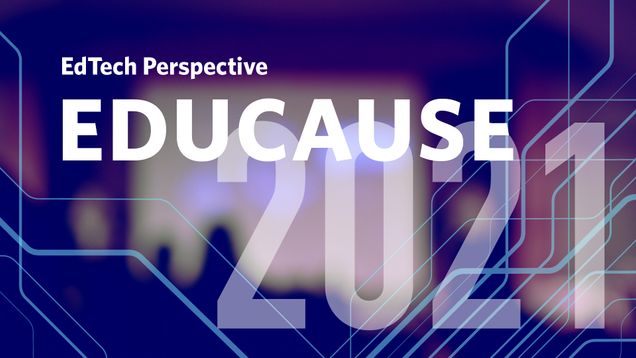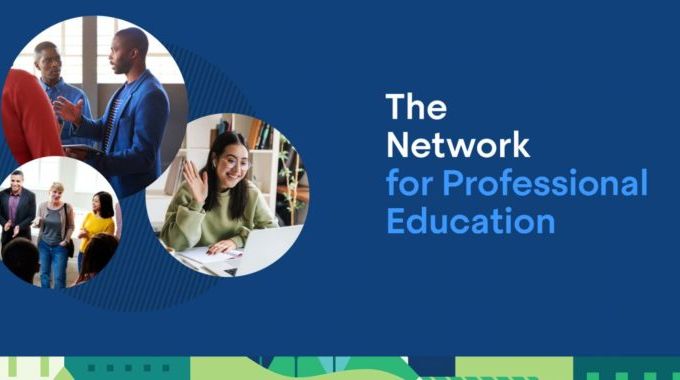EdTech Perspective: Educause 2021

After a one-year hiatus of in-person conferences due to the pandemic, the 2021 EDUCAUSE annual conference was once again held in person at the Philadelphia Convention Center. Although smaller in size (this year there were less than 3000 participants, normally there would be 8000-10000 people roaming the halls), the conference still maintained a level of excitement for the participants.
Digital transformation in my opinion was the clearest and loudest point of the conference. Higher education was forced to deal with digital transformation through the pandemic and has come out stronger because of it. The question is what will remain and what will go back to the status quo.
EDUCAUSE Observations
Longevity: My first observation is that for most, digital transformation is here to stay. Many colleges and universities are looking for ways to improve student learning and outcomes, ensuring that students are gaining the skill and competencies that are needed for today’s workforce and can easily demonstrate those to employers. The digital wallet for students can incorporate a comprehensive learner record, moving beyond a student’s transcript and looking at their education more holistically, where students can prove and enumerate the skill and competencies that they have gained through their university experiences in and out of the classroom. A digital wallet can enhance a student’s CV/resume to prove to employers what transferable skills they have attained throughout their time at a university and what those mean for today’s jobs. An example of such a wallet is ‘Pocket’ by Arizona State University, what they call a lifelong learner record.
AI bias: In Ruha Benjamin’s keynote session: Beyond Buzzwords: Innovation, Inequity, and Imagination in the 21st Century, she warned about Artificial Intelligence and the inherent biases that those technologies have not because the technology is biased but because they were coded by humans that have biases.
Breaking it down: Continuing with the digital transformation theme, it was reported that 68% of Higher Ed IT leaders reported a faster pace of digital transformation. But what does that really mean? According to Gartner, a Connecticut-based technology research and consulting company, these digital transformations can be distilled down to four areas:
- Online learning presence
- Communication and marketing
- Smart campus
- Technology
No longer one or the other: An interesting takeaway is that institutions need to build a digital campus, however, these digital campuses encompass both the physical and virtual, it is not an either/or, it is AND; the future campus is a mix of both.
- The digital campus components include:
- Online learning
- Place
- Hybrid
- Collaboration and communication
- Automation
- Sustainability and efficieny
Beyond the classroom: Even on a residential campus, there are other ways to think about hybrid learning. It goes beyond just the classroom and should incorporate other services such as:
- Mental health and counseling
- Advising
- Tutoring
- VDI computer labs
- Campus tours and orientation
- Helpdesk and support services
The mix of both in-person and online education and student services can enhance one another.
Conclusion
I think the EDUCAUSE Top 10 Issues for 2022 said it best: “Evolve or become extinct: Accelerating digital transformation to improve operational efficiency, agility, and institutional workforce development,” has to be a key priority for us moving forward.
 About the Author: Ernie Perez is was the director of Educational Technology with Boston University’s Office of Digital Learning & Innovation at the time of publication.
About the Author: Ernie Perez is was the director of Educational Technology with Boston University’s Office of Digital Learning & Innovation at the time of publication.


